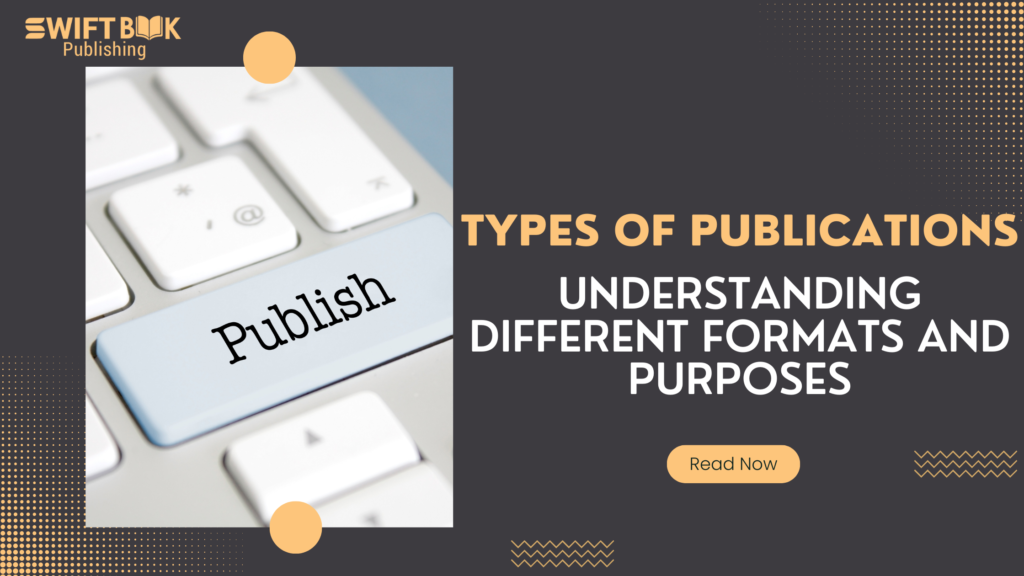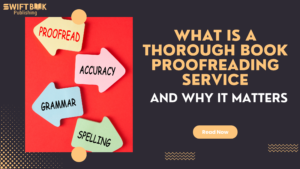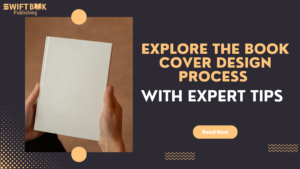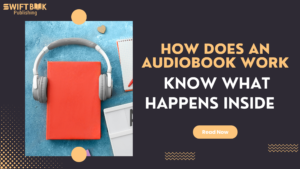Publications are a cornerstone of knowledge dissemination, encompassing a diversified array of formats each tailored to specific audiences, purposes, and contexts. From scholarly articles that advance academic discourse to mainstream newspapers that inform the general public, the landscape of publications is as broad as it is intricate. Understanding the various types of publications is crucial to navigating this terrain, whether for contributing as a writer, conducting research, or simply staying informed.
Scholarly journals, books, conference proceedings, and patents form the backbone of academic publishing, characterising the rigour and peer-review process that governs scholarly communication. These publications are instrumental in shedding light on cutting-edge research, theoretical advances, and practical applications across diverse fields. On the other hand, magazines, newspapers, newsletters, and blogs cater to a broader audience, aiming to entertain, inform, or provoke thought on current events, lifestyle, culture, and more.
Trade publications, reports, and white papers, though less discussed, are also pivotal, offering in-depth analysis targeted at professionals within various industries. These publications typically focus on trends, industry news, and professional development, thereby serving as a valuable resource for those seeking to enhance their expertise or stay abreast of market dynamics. Each publication type carries its own set of standards and practices, reflecting the distinct needs and expectations of its intended readership.
1. Academic Publications
Academic publications are a key aspect of scholarly communication, disseminating research findings and scholarly arguments to a broader academic audience. They underpin academic discourse and progression across disciplines and are essential for researchers to contribute to and build upon the existing knowledge within their fields.
Research Articles
Research articles are a primary form of publication that present original research findings. They generally follow a standard structure including an abstract, introduction, methodology, results, discussion, and conclusion. Research articles undergo a peer-review process where experts in the field evaluate the quality and validity of the work.
Review Papers
Review papers, in contrast to research articles, summarise and synthesise existing literature on a particular topic. They provide an overview of the current state of research, identifying trends, gaps, and leading theories in the field. Comprehensive bibliographies are a hallmark of review papers, offering readers a valuable resource.
Monographs
Monographs are detailed studies on a single specialised subject, often taking the form of a book. Monographs go into depth on their topic, providing extensive analysis, evidence, and discussion. They typically focus on a specific aspect of a subject and are written by a single author or a small group of authors.
Dissertations and Theses
Dissertations and theses represent significant academic work undertaken by students as part of the requirements for completing their degree.
Dissertations usually refer to the document students submit at the end of a doctoral programme, while theses may be produced for the completion of a master’s degree. These works demonstrate the author’s capacity for critical analysis and original research.
2. Books
Books are diverse in form and function, catering to different informational and educational needs. Categories such as textbooks, reference works, and biographies each serve a unique purpose and audience within the umbrella of book publications.
Textbooks
Textbooks are structured to facilitate learning and are commonly utilised in educational settings. They are systematically organised by subject matter and designed to align with relevant curricula. A typical textbook might contain the following elements:
- Chapters broken down into sections that progressively cover the course material.
- Diagrams and tables to visually present information.
- Exercises to reinforce understanding through practice.
Reference Works
Reference works function as resources that provide concise factual information for consultation. They are characterised by their specific utility in research and fact-checking. Examples include:
- Encyclopaedias, which offer summarised information on various topics.
- Dictionaries that provide definitions, etymologies, and pronunciation of words.
Biographies
Biographies are comprehensive accounts of individuals’ lives, presenting in-depth insights into their personal and professional experiences. Key components in a biography may involve:
- Chronological narratives, detailing events from birth to the present or end of life.
- Contextual information, setting the individual’s life within broader historical, cultural, or social frameworks.
3. Periodicals
Periodicals are publications that are issued regularly over a period of time. These include scholarly journals, glossy magazines, and informative newsletters, each serving different audiences and purposes.
Journals
Journals are typically peer-reviewed or refereed publications that cater to educational and professional audiences. They contain articles written by experts in various academic or professional fields. For instance:
- The Lancet features medical research.
- Nature covers a wide range of scientific topics.
Magazines
Magazines are geared towards a general audience and cover a plethora of subjects from news to lifestyle. They are often characterised by:
- Vibrant graphics and photography.
- A mix of short and in-depth articles.
- Examples include The Economist for global news and Vogue for fashion.
Newsletters
Newsletters are distributed to a specific audience with targeted content. They may be used by organisations to share updates with members or customers. Newsletters usually:
- Provide concise information or summaries of recent activities.
- Range from simple text-based formats to rich, graphical designs.
4. Digital Media
Digital media has revolutionised the way content is consumed by allowing instant access to a multitude of resources. This section explores the nuances of e-books, blogs, and online journals, each contributing uniquely to the digital landscape.
E-Books
E-books, or electronic books, are digital versions of traditional print publications that can be read on various electronic devices. They provide a convenient alternative to physical books, often featuring user-friendly functionalities such as adjustable fonts and embedded hyperlinks. Formats like EPUB, PDF, and MOBI have become standard, catering to different viewing preferences.
Blogs
Blogs are regularly updated web pages that are typically informal and conversational in tone. They cover a broad spectrum of topics ranging from personal life to professional expertise. Blogs enable writers to connect with readers through engaging narratives, multimedia elements, and the opportunity for readers to interact via comments. They are an integral part of the digital media ecosystem, fostering community and discourse.
Online Journals
Online journals are digital publications that offer academic and professional research materials. These platforms provide:
Features | Description |
Peer Review | Ensures the credibility of published research. |
Open Access | Some journals allow free access to their content, expanding reach and engagement. |
Archives | Preserve past editions for easy reference and citation. |
Online journals tend to have a more formal and structured presentation compared to other digital media. They serve as essential portals for scholars, researchers, and professionals seeking the latest information in their respective fields.
Frequently Asked Questions
This section addresses common inquiries regarding the diverse range of publications within the academic and broader informational scope.
Academic publications encompass research articles, review articles, case studies, and conference papers. Each serves a distinct role in scholarly communication, with research articles presenting original studies and review articles providing comprehensive overviews of specific topics.
Journals primarily feature original research articles, short communications, and letters to the editor. Research articles provide detailed analysis and findings, while short communications are concise reports of preliminary or significant results. Letters to the editor often include critiques or discussions of published work.
Publication types within educational settings differ in purpose and content. Textbooks integrate knowledge for learning, scholarly books offer in-depth examinations, and educational policy reports guide decision-making. Each type supports different facets of the educational process.
Research publications differ in scope, methodology, and depth. Empirical studies report original research with data, theoretical papers present conceptual arguments without new data, and methodological papers focus on advances in research methods. Each contributes to the body of knowledge in its own way.
Common categories of periodicals include academic journals, trade magazines, and popular magazines. Academic journals contain peer-reviewed scholarly research, trade magazines provide industry-specific news and developments, and popular magazines offer general-interest content for a broad audience.
Major types of newspaper publications include broadsheets and tabloids. Broadsheets are characterised by in-depth reporting and a traditional tone, focusing on national and international news. Tabloids, on the other hand, tend to feature sensational stories, celebrity news, and a more informal style.







